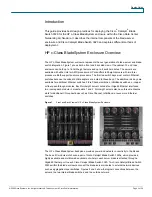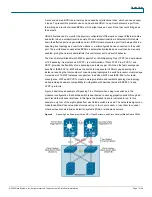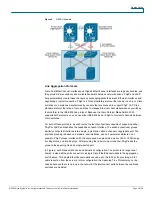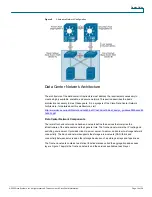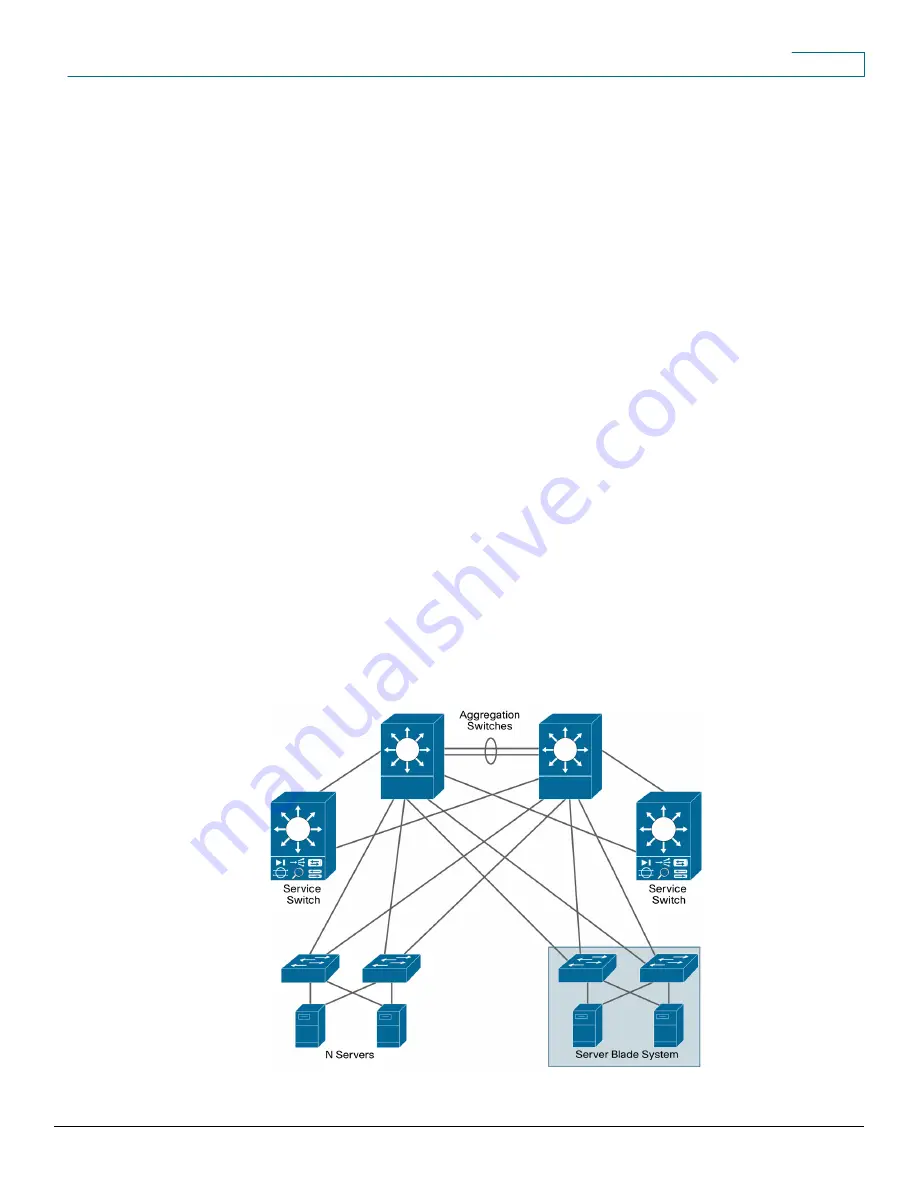
Design Guide
Slot Count
The data center infrastructure must be flexible enough to allow growth in both server capacity and
service performance. Connecting a blade system directly into the aggregation layer places more
significance on the number of slots available to accommodate blade-system uplinks and integrated
services.
Traditionally, the access layer provides the port density necessary to allow the physical growth of
server farms. Modular access layer switches offer connectivity to densely packed server farms over
a few uplinks. The aggregation layer switches support a limited number of uplinks from the access
layer. With this model, the number of servers supported per uplink is high.
Blade systems use more aggregation layer resources per server than this traditional deployment
model. Each uplink from a blade enclosure provides connectivity to a maximum of 16 servers. The
aggregation layer must be flexible enough to manage the increased demand for ports and slots in
this blade server-system environment.
To scale the server farm, use an aggregation layer switch that provides an ample number of slots
for line cards or service-module expansion.
In addition, consider using the following two options (which are not mutually exclusive):
●
Deploying service switches in the aggregation layer (as depicted in Figure 8)
●
Using a data center core to accommodate multiple aggregation layer modules
Service switches are deployed in the aggregation layer to host integrated data center services such
as load balancing, intrusion detection, and network analysis. Relocating these services to a
separate switch frees ports and slots in the aggregation layer switches. This design allows the
aggregation switches to commit more slots and, ultimately, more ports to the Layer 2 connectivity of
the server farms. Figure 8 depicts deployment of a service switch.
Figure 8.
Data Center Scaling with Service Switches
© 2008 Cisco Systems, Inc. All rights reserved. This document is Cisco Public Information.
Page 15 of 28



